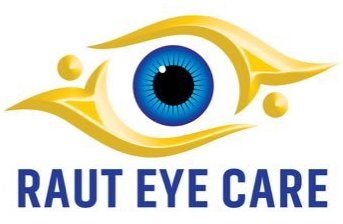
Ultrasound Biomicroscopy (UBM) is a specialized imaging technique used to evaluate the anterior segment of the eye.UBM uses sound waves to produce a two-dimensional real-time cross-sectional image of the eye structures, including the cornea, iris, lens, and ciliary body.
UBM is a non-invasive procedure with no known side effects.UBM can help diagnose a variety of ocular disorders, such as glaucoma, macular degeneration, and other anterior segment diseases.
UBM can also be used to assess the integrity of the cornea, Lens implant, and corneal transplants.UBM is a very accurate and detailed imaging procedure that can help doctors diagnose and treat eye diseases.






